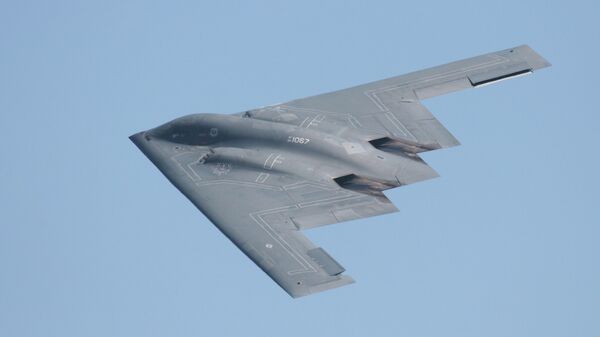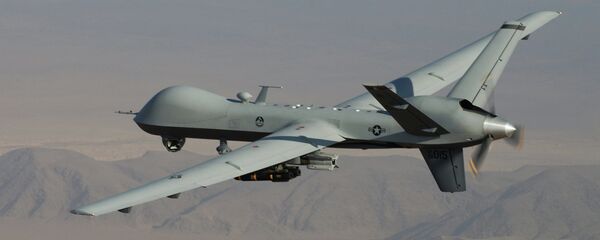The study was carried out by John Stillion, a former US Air Force officer and a fellow at the CBSA. According to the report, which was obtained by Breaking Defense, the research analyzed "over 1,450 air-to-air victories" all over the world since 1960.
Based on this analysis, Stillion concluded that "over the past few decades, advancements in electronic sensors, communication technology, and guided weapons may have fundamentally transformed the nature of air combat."
What this means, according to Stallion, is that the US Air Force will gradually see a decline in aircrafts that use speed and maneuverability to seek and kill enemy planes. The report predicts that these "traditional" fighters will be replaced by multi-role, stealthy, long-range aircrafts the same size as bombers.
Stillion reached this conclusion by analyzing trends in the last fifty years. The report notes that in the first Gulf War in 1991, only four out of a total of 33 US kills involved any maneuvering from fighter aircrafts. Almost 25 years later, these planes have become even less important than they used to be.
"Aircraft performance attributes essential for success in air-to-air combat during the gun and early missile eras such as high speed, good acceleration, and maneuverability," Stillion writes, "are much less useful now that aircraft can be detected and engaged from dozens of miles away."
He additionally stressed that faster aircrafts can become more of a liability, as higher speeds mean a more heated engine, which in turn, can be easily detected by Search and Track Systems that are increasingly being used by enemy combatants to locate and target such aircrafts.
In this light, Stillion says that in the future, the Pentagon should consider "'radical'" departures from traditional fighter concepts that rely on enhanced sensor performance, signature control, networks to achieve superior SA [situational awareness], and very-long-range weapons to complete engagements before being detected or tracked by enemy aircraft."
Speaking to Breaking Defense, an industry insider said that while Stillion may not be far off with his conclusion, the US Air Force is unlikely to depart from its use of traditional fighters anytime soon. "How will the US Air Force leadership – primarily composed of fighter pilots – react to the idea of using 'bombers' to do the air superiority mission?"
The industry source, however, also said that he could envision a future US Air Force fleet of 400 bomber-sized multi-role aircrafts constituting the core of the US military’s air power.






